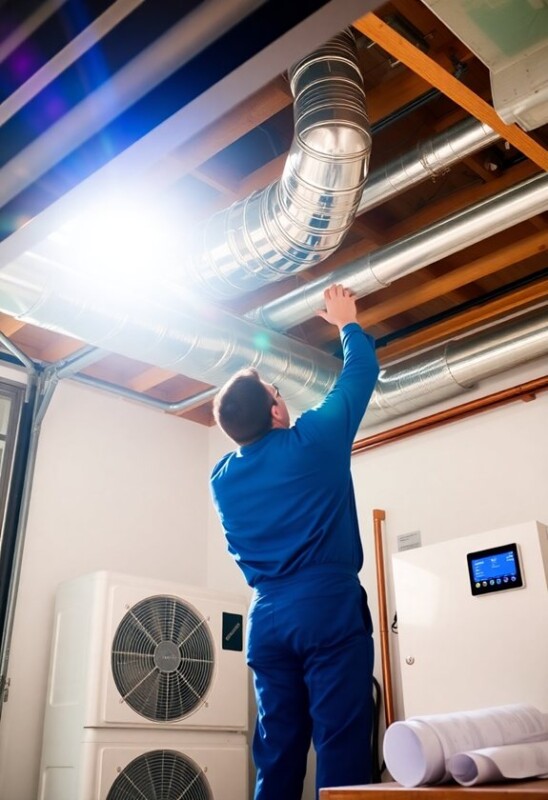Three federal tax credits can help you offset home energy improvement costs in 2024. The 25C Energy Efficiency Credit offers up to $3,200 for qualifying upgrades like heat pumps and insulation. The 25D Clean Energy Credit provides an uncapped 30% credit for solar installations and battery storage. The 45L New Construction Credit delivers up to $5,000 for energy-efficient new homes. Understanding the specific requirements and documentation needs will enhance your potential tax savings.
Key Takeaways
- The 25C Energy Efficiency Credit offers up to $3,200 annually for home improvements like heat pumps, insulation, and window upgrades.
- Homeowners can claim an unlimited 30% tax credit for solar panel and battery installations through the 25D Clean Energy Credit.
- New construction homes can qualify for $2,500 to $5,000 tax credits through the 45L program with ENERGY STAR certification.
- Heat pump installations are eligible for up to $2,000 in credits, while building envelope improvements can receive up to $1,200.
- Tax credits can be combined with state incentives, and unused portions of the 25D credit carry forward to future years.
The 25C Energy Efficiency Credit: Up to $3,200 for Home Improvements
With the passage of recent energy legislation, homeowners can now claim up to $3,200 annually through the 25C Energy Efficiency Tax Credit for qualifying home improvements.
This credit allocates up to $2,000 for heat pump installations and $1,200 for building envelope improvements.
You’ll receive 30% of your costs for qualifying upgrades, including insulation upgrades, window replacements, and energy audits.
Heat pumps, whether for space heating or water heating, fall under the $2,000 cap, while components like doors, windows, and electrical panel upgrades share the $1,200 limit.
To qualify, you must use certified contractors and guarantee installations meet efficiency standards.
The 25D Clean Energy Credit: Unlimited Solar and Battery Storage Benefits
Unlike the capped 25C credit, the 25D Clean Energy Credit offers homeowners an uncapped 30% tax credit for solar panel installations and battery storage systems through 2032.
To claim tax credit eligibility, you’ll need to meet key requirements: U.S. residency, part-time occupancy of the property, and battery systems with at least 3 kWh capacity.
Solar panel integration must include qualified equipment and installation costs, documented through IRS Form 5695.
While the credit isn’t refundable, unused portions carry forward to future tax years.
You can combine this with state incentives, and the credit covers supplementary clean energy upgrades like geothermal heating and solar water heaters.
The 45L New Construction Credit: $5,000 for Energy-Efficient Homes
While constructing energy-efficient homes requires significant upfront investment, the 45L New Construction Credit offers substantial tax incentives for qualifying residential projects.
The eligibility criteria cover single-family, manufactured, and multifamily homes built between 2023-2032. You’ll need to meet ENERGY STAR or Zero Energy Ready Home (ZERH) certification standards to qualify.
Credits range from $2,500 to $5,000 per unit, with multifamily projects requiring prevailing wage compliance for maximum benefits. The certification process demands specific documentation, including program verification and compliance records.
You must own the home during construction and guarantee it’s located in the U.S. to claim these credits.
Conclusion
These three tax credits offer significant financial incentives to modernize your home’s energy systems. You’ll enhance savings by strategically combining the 25C credit for efficiency upgrades, the uncapped 25D credit for solar installations, and the 45L credit if you’re building new. Consult a qualified tax professional to optimize your eligible improvements and guarantee proper documentation for each credit’s specific requirements.


